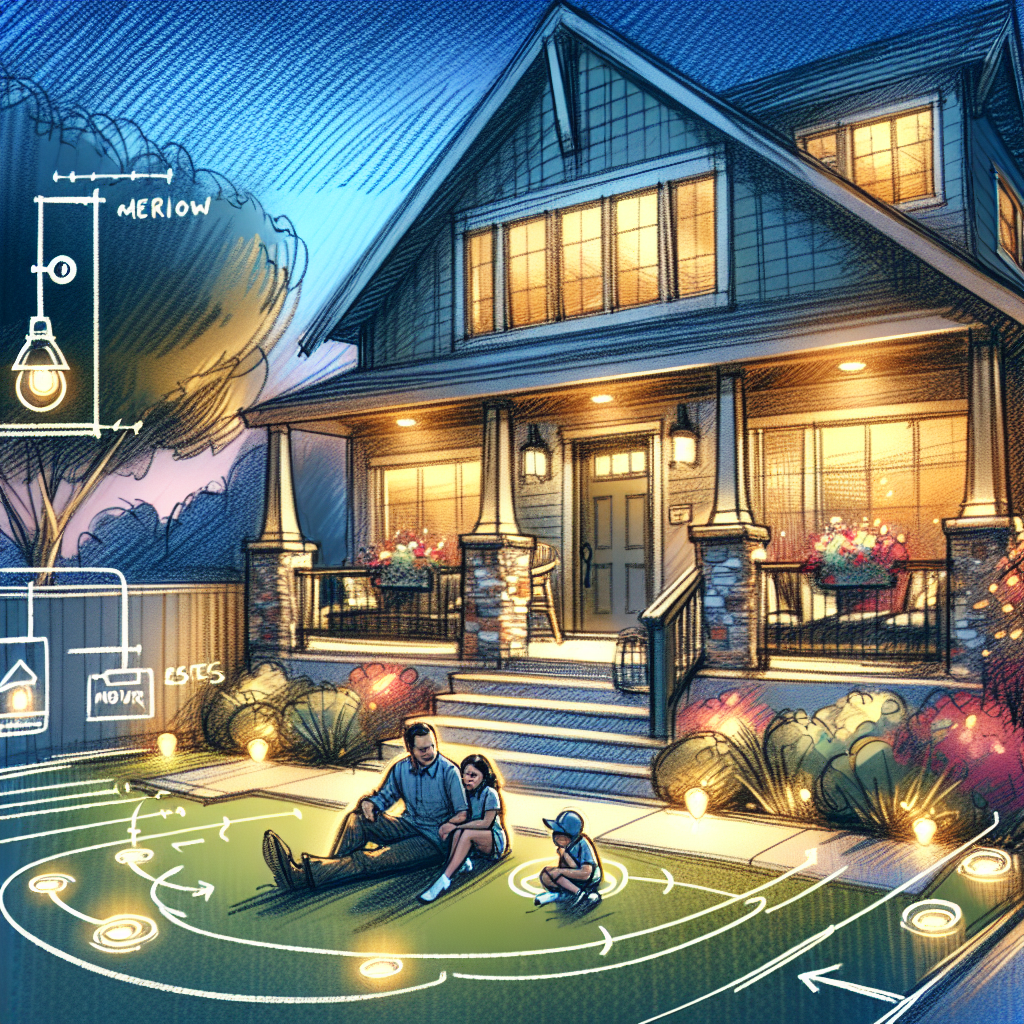In the realm of home safety, mold is often underestimated. Yet, the repercussions of ignoring mold can be both detrimental to health and burdensome on your finances. Understanding the cost of neglecting mold is crucial for homeowners, landlords, and tenants alike. This post delves into the health risks associated with mold exposure and the financial implications of mold damage, emphasizing the importance of timely remediation.
Health Risks of Mold Exposure
Mold, a type of fungus that thrives in moist environments, can release spores into the air that are harmful when inhaled. Exposure to mold can lead to a variety of health issues, particularly for individuals with allergies, asthma, or compromised immune systems.
Respiratory Problems
Inhaling mold spores can irritate the airways, leading to coughing, wheezing, and shortness of breath. For those with pre-existing respiratory conditions, such as asthma, mold exposure can exacerbate symptoms or trigger attacks.
Allergic Reactions
Mold can cause allergic reactions in many individuals, characterized by symptoms such as sneezing, itching, runny nose, and red eyes. Severe reactions may include dermatitis or hives.
Long-term Health Effects
Prolonged exposure to mold can have more severe health consequences, including the development of respiratory infections or conditions like bronchitis and pneumonia. There’s also evidence to suggest that long-term mold exposure can lead to immune system suppression, making individuals more susceptible to various infections.
Financial Implications of Mold Damage
The presence of mold can also have significant financial repercussions, affecting both the value and maintenance costs of a property.
Decreased Property Value
Mold infestation can substantially decrease a property’s value. Prospective buyers are likely to be deterred by the presence of mold, leading to lower offers or a complete loss of interest. In severe cases, properties may become unsellable until remediation is completed.
Cost of Remediation
The cost of mold remediation can vary widely depending on the extent of the damage and the area affected. Simple cases might be addressed with DIY solutions, but extensive mold growth often requires professional intervention. Professional mold removal services can range from a few hundred to several thousand dollars, not including repairs to damaged structures or replacement of mold-infested materials.
Health Care Costs
Ignoring mold can lead to increased health care costs due to the need for treatments for mold-related illnesses. Doctor visits, medication, and even hospitalization for severe respiratory issues can add up, further emphasizing the economic impact of mold.
Insurance Coverage Challenges
Many homeowner insurance policies have limited coverage for mold damage, often requiring additional riders or having caps on mold-related claims. This limitation can leave homeowners facing significant out-of-pocket expenses for remediation and repairs.
Preventing Mold Growth
Preventing mold growth is far more cost-effective than dealing with its consequences. Maintaining low humidity levels, ensuring proper ventilation, and promptly addressing water leaks are critical steps in mold prevention. Regular inspections can also help identify potential mold growth early, reducing the need for extensive remediation efforts.
Conclusion
The cost of ignoring mold extends beyond mere inconvenience, posing serious health risks and financial burdens. The implications of mold exposure underscore the importance of prompt identification and remediation. By taking preventive measures and addressing mold at the first sign of its presence, homeowners can protect their health, their finances, and their property’s value. Remember, when it comes to mold, the cost of inaction is far greater than the cost of prevention.



